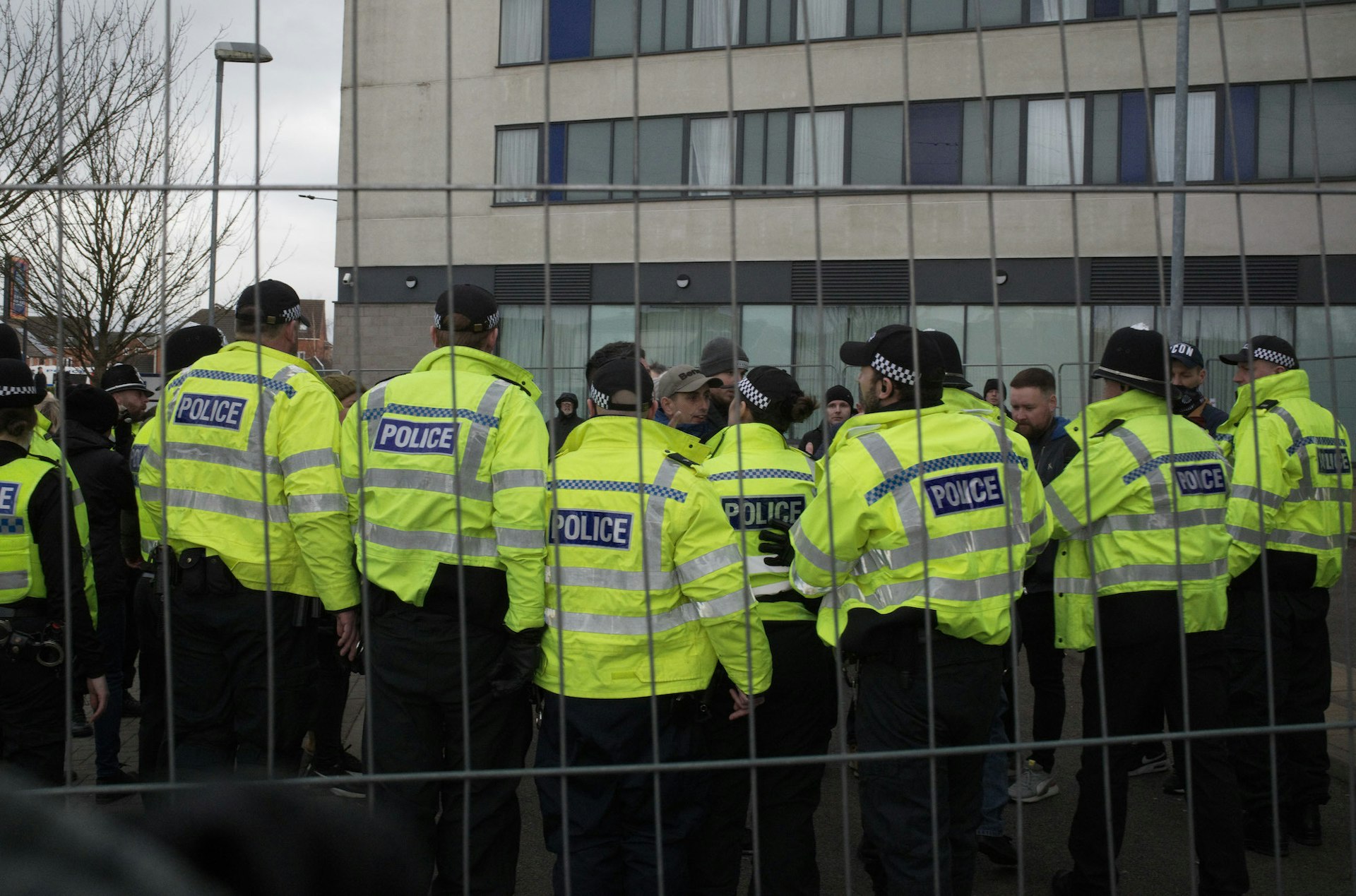
Surreal shots of everyday life in Berlin
- Text by Isaac Muk
- Photography by Mark Steinmetz
In the spring of 2012, while photographer Mark Steinmetz was working for the University of Hartford in Connecticut, he received an invitation to teach at the school’s Masters of Fine Arts programme it organised in Berlin, Germany. Staying in the city’s neighbourhood of Prenzlauer Berg in the former East Berlin, he would use his spare time to walk around its streets armed with his camera, soaking in the architecture, the people, and the energy of the capital.
“I was just pretty open to wandering around and exploring,” Steinmetz says. “I like the pace of it – it’s a real city, but it’s not too fast.”
Steinmetz would return every year up until 2019, doing much the same – walking around, taking pictures of anything or anyone that caught his eye. Now, a number of shots taken from his inquisitive strolls are presented in his new photobook Berlin Pictures, which capture the city’s singular architecture and people.
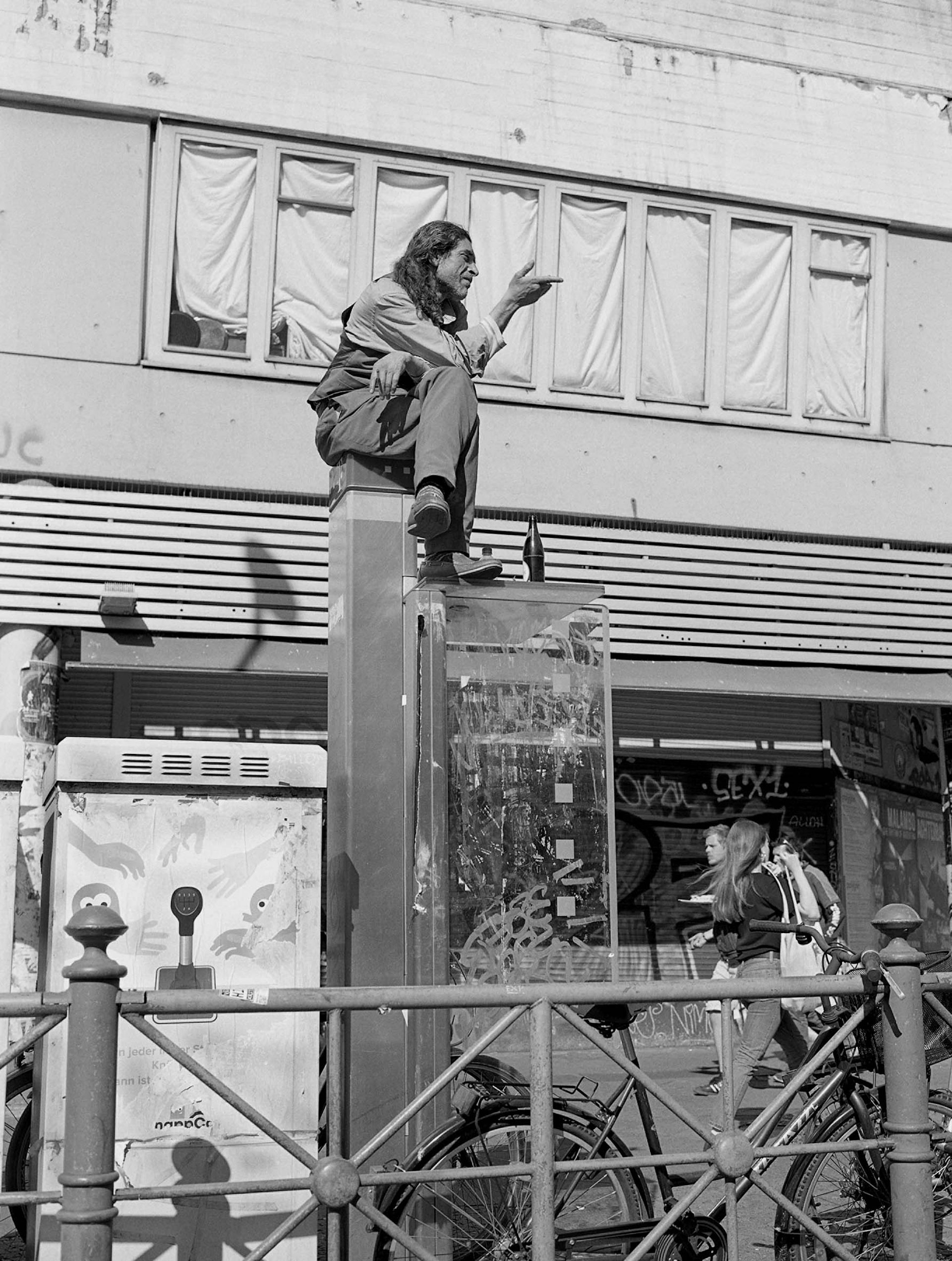

But Steinmetz’s nonchalant tone and method betray the drama of the project. While he speaks with a certain relaxation and humility, his photographs are often filled with a surrealism that belies the image of a man walking around aimlessly, repeatedly releasing the shutter of his camera. From someone seated on top of a phone booth staring intently into the distance, to a figure dressed as Mickey Mouse marching with a purpose, each photo tells its own story found in the everyday.
“I’m just trying to take pictures that are matched to my sensibility,” he says. “I think good work stands apart from the ordinary in some way – there’s a strangeness to good art.”
The photographs also have a silver sheen about them, which Steinmetz says is no coincidence – he feels the colour typifies much of how he envisaged the city aesthetically. He nearly ended up titling the book Silver City, but in the end went for the simpler Berlin Pictures. “I like the silver in black-and-white [photographs],” Steinmetz says. “There’s a lot of silver shine in the graffiti. It’s not a slick, highly technological city, and it’s kind of shabby and shiny in a way. And it references to gold and silver.”
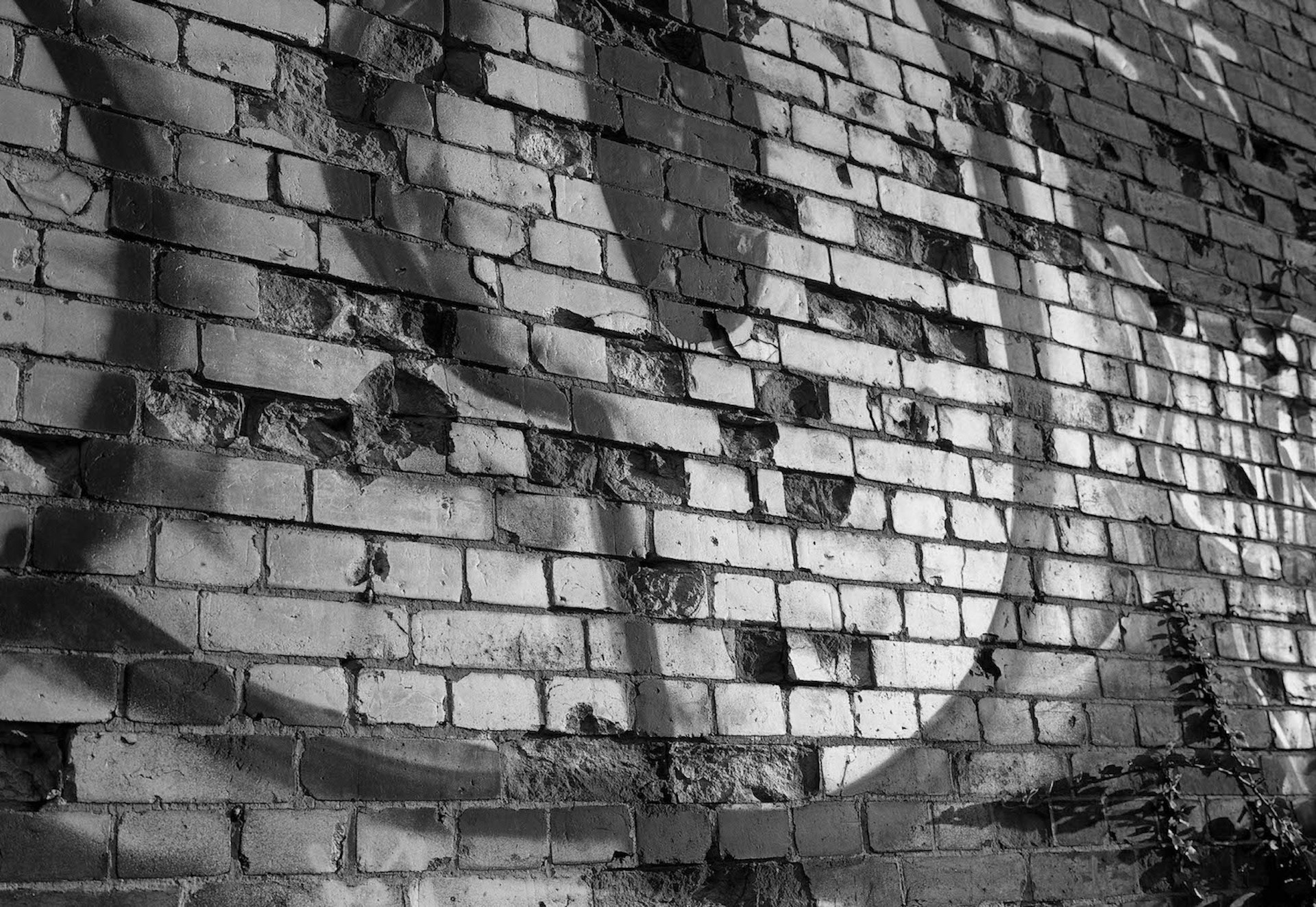
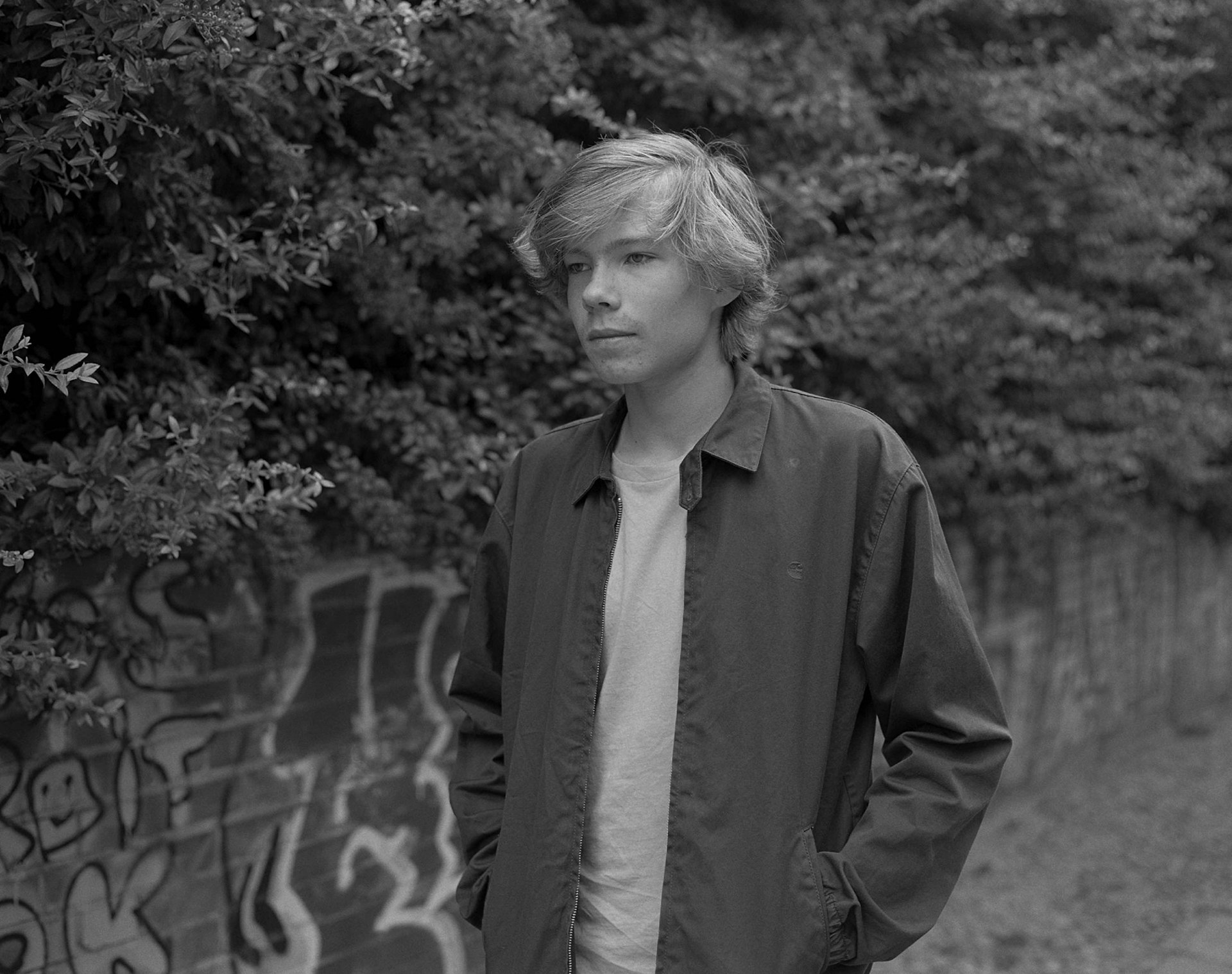
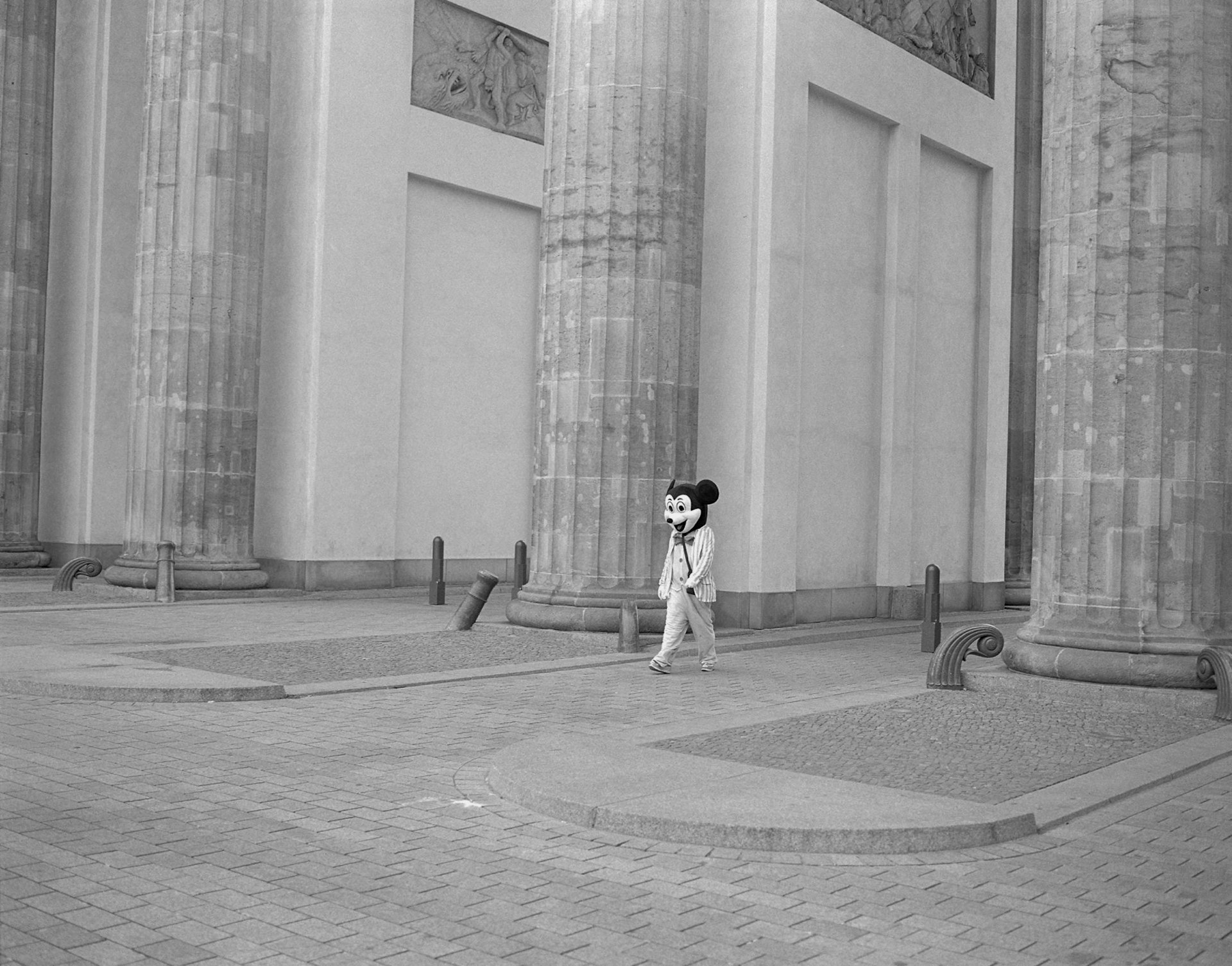
This theme of gold and silver, humankind’s monetary means of exchange for thousands of years, piqued Steinmetz’s interest over the course of this project. Since the fall of the Berlin Wall in 1989 and the reunification of East and West Berlin, much of the city has taken on a radical, capitalist-sceptic character, with a strong culture of activism. Every year on International Workers’ Day (May 1), large-scale left-wing demonstrations occur together with parties and raves, and in 2018 residents successfully campaigned against the building of a ‘Google Campus’ in the Kreuzberg neighbourhood.
Berlin is a place where money – or, at times, lack of it – felt prescient to Steinmetz, which makes for an intriguing backdrop to his work. “I think the pictures are about desire in some way,” he says. “There’s pictures about love, pictures about having money and not having money – there are people with their hands out reaching for money, or looking for money. Money, capitalism and love are the themes in the book.”

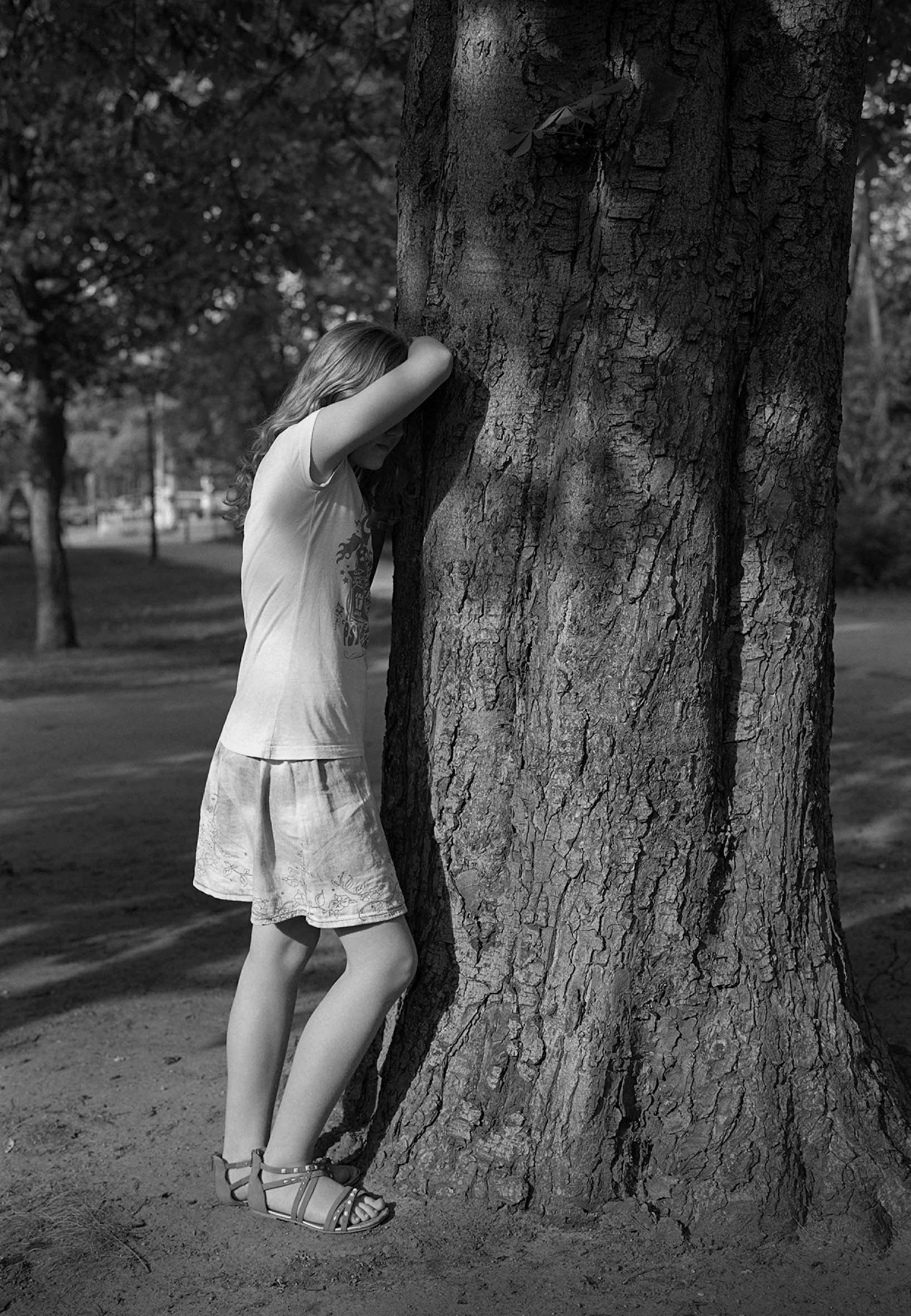
There’s also a weight to the shots steeped in the city’s long and troubled history, where it served as the centre of Nazi Germany during World War II and the Holocaust, which saw the genocide of millions of Jewish, Roma, Polish, Black Germans, disabled people, communists, LGBTQ+ people and other persecuted minorities. Through leftover barbed wire, 20th century architecture, and grandiose monuments, Steinmetz sensed elements of this dark past during his routine strolls around its streets.
“There is something about its history that is felt,” he says. “I feel that Hitler moved into Berlin and chose that city because it was special – it had a glorious past before him and he just wanted to [abuse] it.”
Berlin Pictures by Mark Steinmetz is published by Kominek Books.
Follow Isaac on Twitter.
Enjoyed this article? Like Huck on Facebook or follow us on Twitter.
